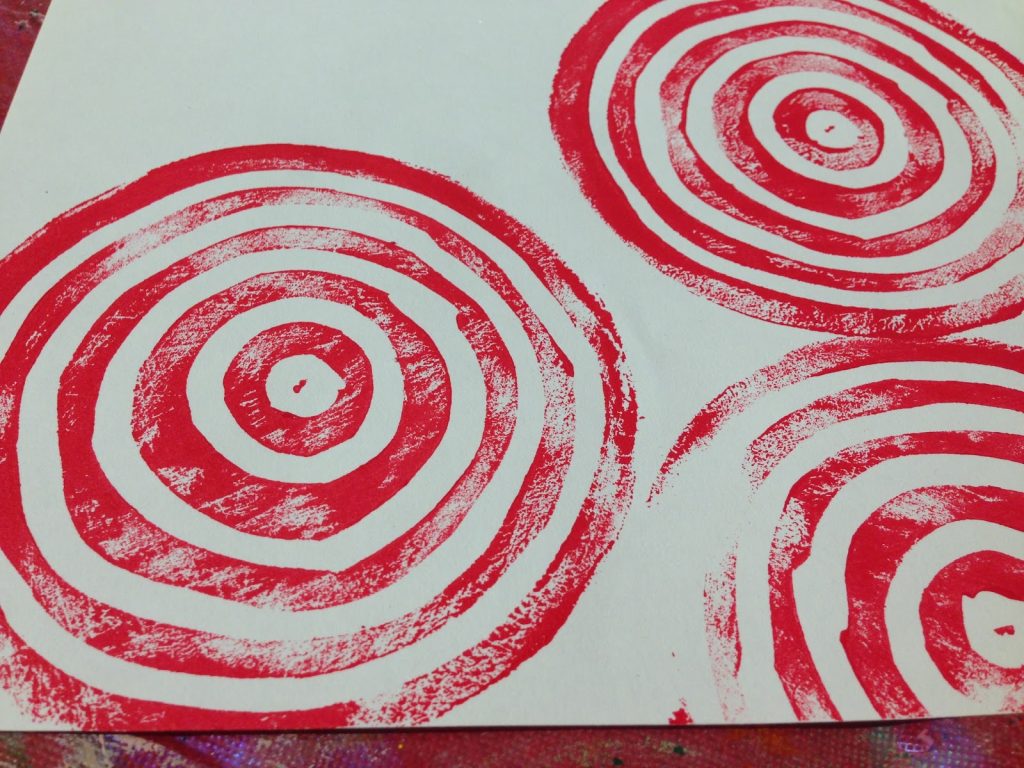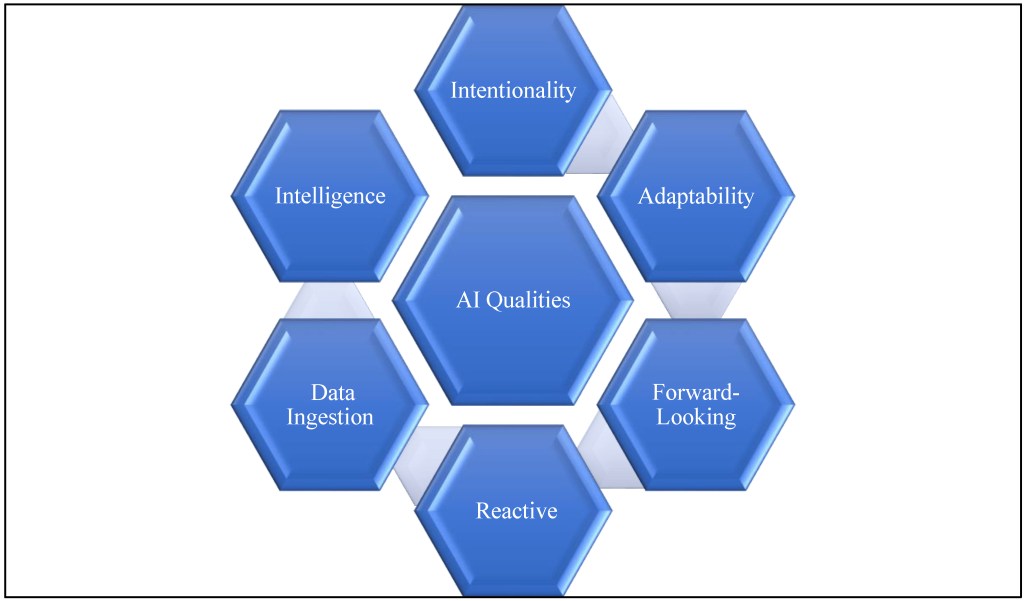The Psychology Behind Effective Print Advertising

Understanding the psychological principles that drive consumer behavior can help advertisers create more impactful and persuasive ads. By tapping into the emotions, desires, and motivations of their target audience, advertisers can create advertisements that resonate and drive action.
In this article, we will explore the psychology behind effective print advertising and discuss key strategies that advertisers can employ to create ads that capture attention, evoke emotions, and ultimately drive consumer behavior.
The Role Of Advertising In Society
Advertising plays a pivotal role in society and is often referred to as the “nervous system of the business world.” It serves as a vital tool in generating awareness about products or services and promoting them to the target audience. The power of advertising lies in its ability to influence consumer behavior, and psychology plays a crucial role in understanding and harnessing its impact.
Throughout history, advertising has evolved tremendously. From simple messages carved in stone to flashy digital displays, the methods have transformed to match the changing times. This evolution has been driven by advancements in technology, changes in consumer behavior, and a deeper understanding of the psychology behind effective advertising.
Psychology plays a significant role in advertising by tapping into the cognitive processes and emotional responses of consumers. By understanding how consumers think, feel, and make purchasing decisions, advertising professionals can create compelling campaigns that resonate with their target audience. The use of cognitive and emotional appeals can evoke basic emotions and lead to stronger brand associations and increased purchase intent.
The psychology behind effective print advertising involves several factors. Visual input and mental imagery play a crucial role in engaging consumers and creating a memorable impact. The use of imagery visuals, such as creative visuals or product placements, can elicit strong evaluative responses and influence consumer preferences.
The Role Of Print Advertising
Print advertising continues to play a significant role in society due to its ability to effectively capture the attention of the target audience. Unlike digital advertising that can be easily overlooked or ignored, print marketing material has a physical presence that demands attention. Whether it’s a well-designed magazine ad, a captivating poster, or a direct mail piece, print advertising stands out and has the power to leave a lasting impression.
One key element in print ads that attracts consumers is the use of iconic logos. Logos like the “As Seen on TV” mark immediately capture attention and create a sense of familiarity and credibility. These logos serve as shortcuts in consumer decision-making, signaling that the product has been endorsed or recognized by a reputable source. This encourages consumers to engage with the details of the product, leading to increased interest and likelihood of purchase.
Furthermore, research conducted by the United States Postal Service (USPS) reveals the potential of printed material in direct mail marketing campaigns. According to USPS studies, physical mail has a higher likelihood of being noticed and retained compared to digital ads. Additionally, direct mail has been found to elicit emotional responses and create a more personal and tangible connection with consumers. This can be attributed to the sensory experience of holding and interacting with a physical piece of printed material.
Emotional Response To Print Ads
Emotional response plays a crucial role in the effectiveness of print advertising. When people see a print ad, it has the potential to evoke various emotions, such as joy, excitement, curiosity, or empathy. These emotional responses can greatly influence consumers’ purchasing decisions. The use of color, imagery, and design elements in print ads can trigger emotional reactions and create a memorable and impactful experience for consumers.
By appealing to their emotions, print ads can forge a deeper connection with the audience, making them more likely to remember the brand or product and take action. Understanding the psychology behind emotional responses to print advertising allows advertising professionals to craft compelling and engaging campaigns that resonate with consumers on a deeper level. This is where the true power of print advertising lies – in its ability to elicit emotional responses and drive consumer behavior.
Basic Emotions & Cognitive Processes
Basic emotions play a crucial role in print advertising by tapping into consumers’ cognitive processes. These basic emotions, such as humor, fear, sadness, and excitement, have a significant impact on consumer behavior and can strongly influence purchasing decisions.
Cognitive processes refer to the mental processes involved in acquiring knowledge and understanding. In the context of print advertising, cognitive processes involve how consumers perceive, interpret, and make sense of the information presented to them. Basic emotions are connected to these cognitive processes as they evoke emotional responses which can influence how consumers perceive and process information.
Humor is often used in print advertising to create a positive emotional response. It can grab consumers’ attention and make the brand or product more memorable. Fear, on the other hand, can be used to highlight potential consequences of not using a particular product or service, creating a sense of urgency. Sadness can evoke empathy and deepen connection with the audience, while excitement can generate anticipation and desire for the advertised product or service.
Understanding the impact of these basic emotions is essential for advertising professionals and companies. By strategically incorporating basic emotions into print advertising, they can enhance the effectiveness of their advertising efforts and influence consumers’ purchasing decisions. By targeting the cognitive processes connected to these basic emotions, advertisers can create a strong emotional response and leave a lasting impression on their target audience.
Visual Input & Mental Imagery
Visual input and mental imagery are important factors in print advertising, impacting consumer perception and cognitive processes. Visual input refers to the visual elements presented in an advertisement, such as images, colors, and typography, while mental imagery refers to the mental pictures and concepts that individuals create in their minds.
In print advertising, visual input has the power to capture consumers’ attention and convey important information about a product or service. Eye-catching images and bold colors can immediately draw the viewer’s gaze and create a lasting impression. Moreover, visual elements can evoke certain emotions and associations, influencing consumers’ attitudes and behavior towards the advertised brand or product.
Mental imagery, on the other hand, allows consumers to create a vivid and personalized representation of the advertised product or service in their minds. When individuals imagine using or experiencing the product, their cognitive processes are engaged. This mental simulation activates areas of the brain associated with perception, memory, and emotion, making the advertisement more impactful and memorable.
Advertisers can create engaging and impactful print ads by using visual elements and encouraging mental imagery. When carefully crafted, these ads can stimulate consumers’ curiosity, trigger emotional responses, and strengthen the connection between the brand and the consumer. This can ultimately influence consumer perception, decision-making, and purchasing behavior.
The relationship between visual input, mental imagery, and the emotional response of consumers to print ads is intricate. Visual elements and imagery can evoke specific emotions and associations, triggering an emotional response in consumers. This emotional response, whether it be excitement, joy, or nostalgia, can further reinforce the message conveyed by the advertisement and influence consumer perception and cognitive processes. Therefore, advertisers must carefully consider the visual elements and imagery they use to effectively capture consumers’ attention and elicit the desired emotional response.
Evaluative Responses & Purchase Decisions
In the realm of print advertising, evaluative responses play a crucial role in shaping consumers’ purchase decisions. When exposed to print ads, individuals often form judgments and opinions about the advertised product or service. These evaluative responses can range from positive to negative and can heavily influence consumers’ ultimate decision to make a purchase.
One factor that significantly impacts evaluative responses is the perception of ownership. Research has shown that when individuals perceive a sense of ownership over a product, they tend to evaluate it more favorably. Print ads that portray the product as being personally owned by the consumer, through the use of visual cues or persuasive language, can enhance positive evaluative responses and increase the likelihood of a purchase.
Physical touch is another aspect that can influence the evaluation of a product in print advertising. Studies have demonstrated that the act of physically touching a product can lead to more positive evaluations, as it promotes a sense of familiarity and increases feelings of ownership. In print ads, tactile elements such as raised textures or embossed finishes can simulate the sensation of touch and enhance evaluative responses, making the product more appealing to consumers.
Furthermore, the impact of imagined touch and imagined action should not be overlooked in print advertising. Research has shown that when individuals imagine touching or interacting with a product, they experience similar evaluative responses to those experienced during actual touch or action. By incorporating visuals or text that encourage readers to imagine using the product, print ads can tap into the power of mental imagery to evoke positive evaluative responses and influence purchase decisions.
Analyzing Effective Print Ads
Print advertising has long been a powerful tool for businesses to reach their target audience and influence purchasing decisions. But what makes some print ads more effective than others? The answer lies in understanding the psychology behind consumer behavior and the factors that drive evaluative responses. Research has shown that aspects such as perceived ownership, physical touch, and imagined interactions play a crucial role in shaping how consumers perceive and evaluate products.
By incorporating visual cues, persuasive language, tactile elements, and prompts for mental imagery, print ads can tap into these psychological mechanisms to evoke positive evaluative responses and increase the likelihood of a purchase. In this article, we will explore how these factors can be leveraged to create impactful and effective print advertisements that resonate with consumers.
Rayner et al. (1998) Study On Mental Imagery Theory
The study conducted by Rayner et al. (1998) explored the role of mental imagery in effective print advertising. Participants in the study were given specific instructions to create mental images related to the content of the advertisements.
The researchers used a combination of eye tracking technology and self-report measures to assess the participants’ cognitive processes and emotional responses. They found that participants who generated mental images during the viewing of print ads had a higher emotional response and remembered the ads more effectively than those who did not engage in mental imagery.
Furthermore, the study showed that mental imagery played a crucial role in guiding participants’ evaluative responses towards the advertised products. Participants who generated mental images showed a stronger preference for the products compared to those who did not engage in mental imagery.
This study highlights the importance of mental imagery in print advertising and its effects on consumers’ responses. By instructing participants to create mental images, advertisers can tap into the cognitive processes and basic emotions of consumers, making their print ads more engaging and memorable.
Native Advertising And Creativity In Print Ads
Native advertising refers to promotional content that seamlessly integrates with the surrounding editorial material, making it appear more natural and less intrusive. In the realm of print ads, native advertising plays a crucial role in capturing the attention of readers and fostering engagement. This approach leverages creativity to ensure that the ad aligns with the overall design, branding and style of the publication.
Native advertising in print ads taps into the psychology of selling and consumer behavior by employing subtle and non-disruptive methods. Instead of overtly pushing products or services, native ads aim to offer valuable and engaging content that blends seamlessly into the publication. By doing so, they create an implicit connection with readers, leading to increased attention and interest.
The psychology of selling suggests that consumers are more likely to be receptive to advertising messages that do not disrupt their reading experience. Native advertising aligns with this principle by providing a seamless and non-disruptive experience. By blending in with the surrounding content, native print ads tend to attract attention without triggering resistance or skepticism.
Native advertising leverages psychological principles such as social proof and familiarity to increase engagement and drive conversions. By associating the products or services with trusted or familiar elements, native ads tap into the consumers’ sense of trust and familiarity. This positioning enhances the perceived credibility of the advertised offerings and increases the chances of driving conversions.
Examples From Coca-Cola & Skin Care Products
Coca-Cola and skin care products have effectively utilized print advertising to engage their target audiences by implementing specific strategies and techniques that harness emotional appeal and visual imagery. These approaches leverage the power of evaluative responses to create impactful and memorable print ads.
Coca-Cola, known for its iconic brand and refreshing beverages, has consistently employed emotional appeal in its print ads. By evoking feelings of happiness, joy, and togetherness, Coca-Cola taps into consumers’ basic emotions, creating a powerful connection. One notable example is a print ad showcasing a group of friends enjoying a picnic, with Coca-Cola bottles prominently featured. This imagery elicits a sense of camaraderie and nostalgia, effectively promoting the product’s association with shared moments and happiness.
On the other hand, skin care products often utilize visual imagery to highlight their efficacy and benefits. These ads typically showcase before-and-after photos, emphasizing the transformative effects of the product. By visually demonstrating the potential improvements in skin texture, tone, and appearance, these ads appeal to consumers’ desire for self-improvement, boosting their confidence in the product’s effectiveness. For instance, a print ad for a skin care product may present a close-up shot of a person’s face, with clear and visible transformations in their skin over time.
Both Coca-Cola and skin care product ads also employ evaluative responses to convince consumers of their value. By providing compelling evidence or testimonials, these ads generate a positive perception of the product. This can include endorsements from celebrities or experts in the field, further enhancing credibility and trust.
The Impact Of Visual Imagery On Evaluative Responses
Visual imagery plays a crucial role in eliciting evaluative responses in print advertising. Through the use of compelling and attention-grabbing visuals, print ads have the power to shape consumers’ perceptions and judgments of products or brands.
The visual content in print ads can influence consumers’ perceptions by creating a mental representation of the product. When consumers see clear and captivating product photos, they are more likely to form a positive evaluation of the product’s features and benefits. For example, a print ad showcasing a high-quality and visually appealing smartphone can enhance consumers’ perception of its design, performance, and usability.
Additionally, visual imagery can enhance the mental representation of products by creating a sense of realism and familiarity. Through carefully crafted visuals, print ads can provide consumers with a clear visualization of how the product fits into their lives and meets their needs. This enables consumers to envision themselves using the product, making it more relatable and desirable.
The use of visual imagery can also improve the effectiveness and persuasive power of print ads. By using attention-grabbing visuals, ads can capture consumers’ attention and stand out in a cluttered advertising landscape. Furthermore, visual imagery has the ability to evoke emotions and create a connection with the audience. When consumers emotionally engage with an ad, they are more likely to develop a positive evaluative response towards the advertised product or brand.

Conclusion
In conclusion, the research findings demonstrate the significant impact of emotional responses on the effectiveness of print advertisements. The study revealed that the visual content in print ads consistently evoked positive emotions, with indicators showing high levels of attention, engagement, valence, and joy among consumers. Negative emotions were rarely present, highlighting the success of these ads in creating a positive and engaging experience for viewers.
The findings also emphasize the importance of conducting inferential analysis by scene and demographic groups, such as gender and age. By analyzing emotional responses within specific contexts and target audiences, advertising professionals and companies can gain deeper insights into the effectiveness of their print ads. This analysis can help in tailoring future advertising efforts to better resonate with different consumer segments and maximize the overall impact of the campaign.
Overall, understanding and leveraging emotional responses in print advertising can lead to more compelling and persuasive campaigns. By evoking positive emotions and effectively capturing consumers’ attention and engagement, print ads can influence purchasing decisions and enhance brand perception. Thus, it is crucial for advertising professionals to design visually appealing and emotionally resonant ads that create a strong connection with their target audience.























